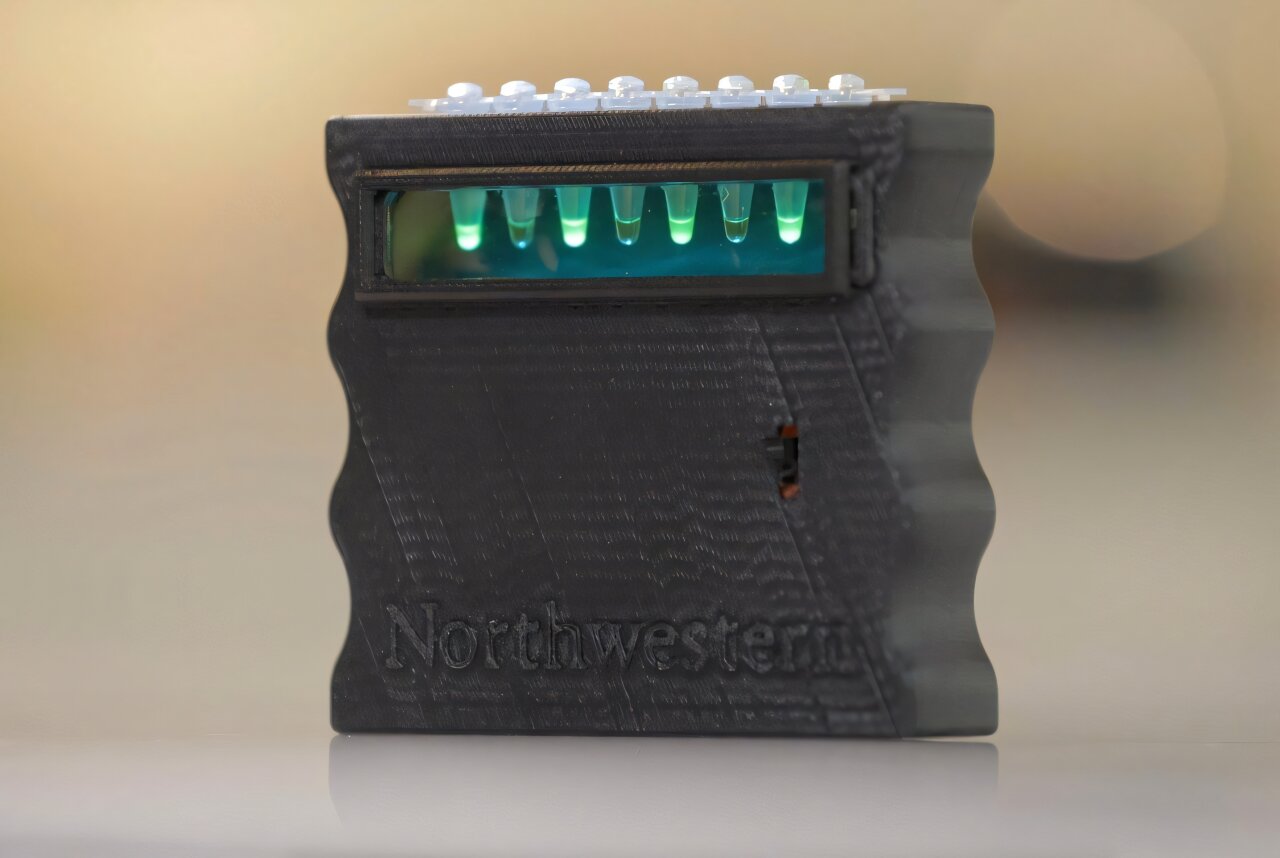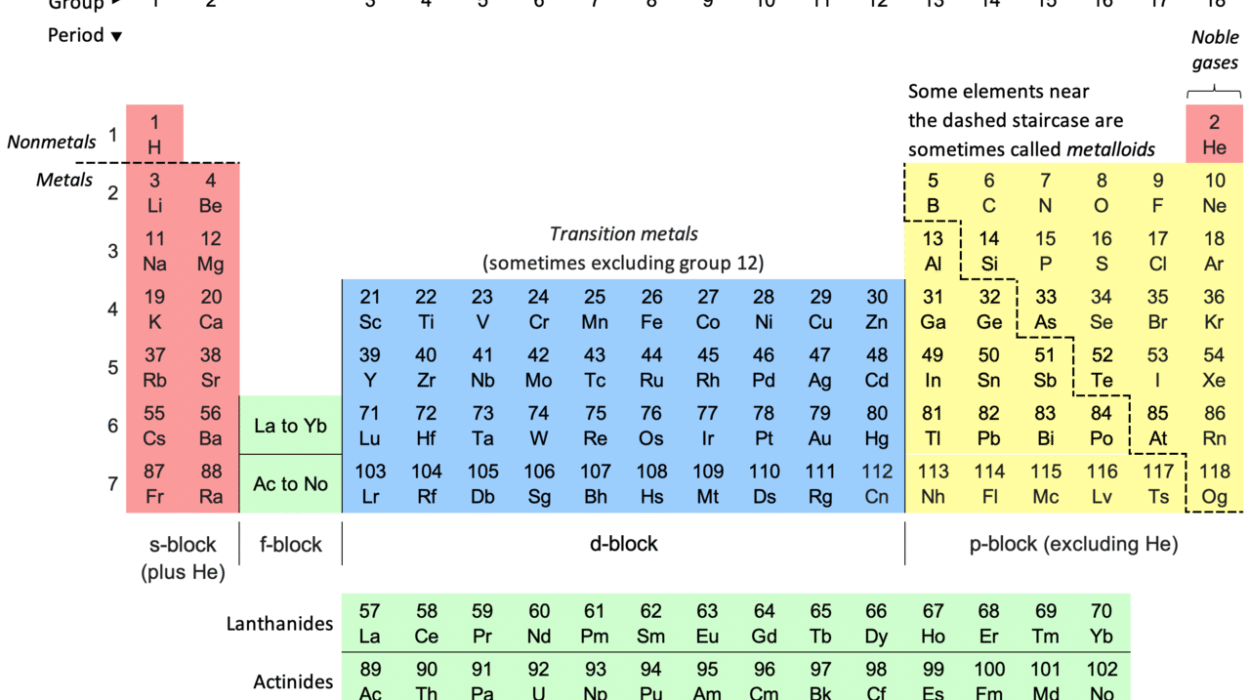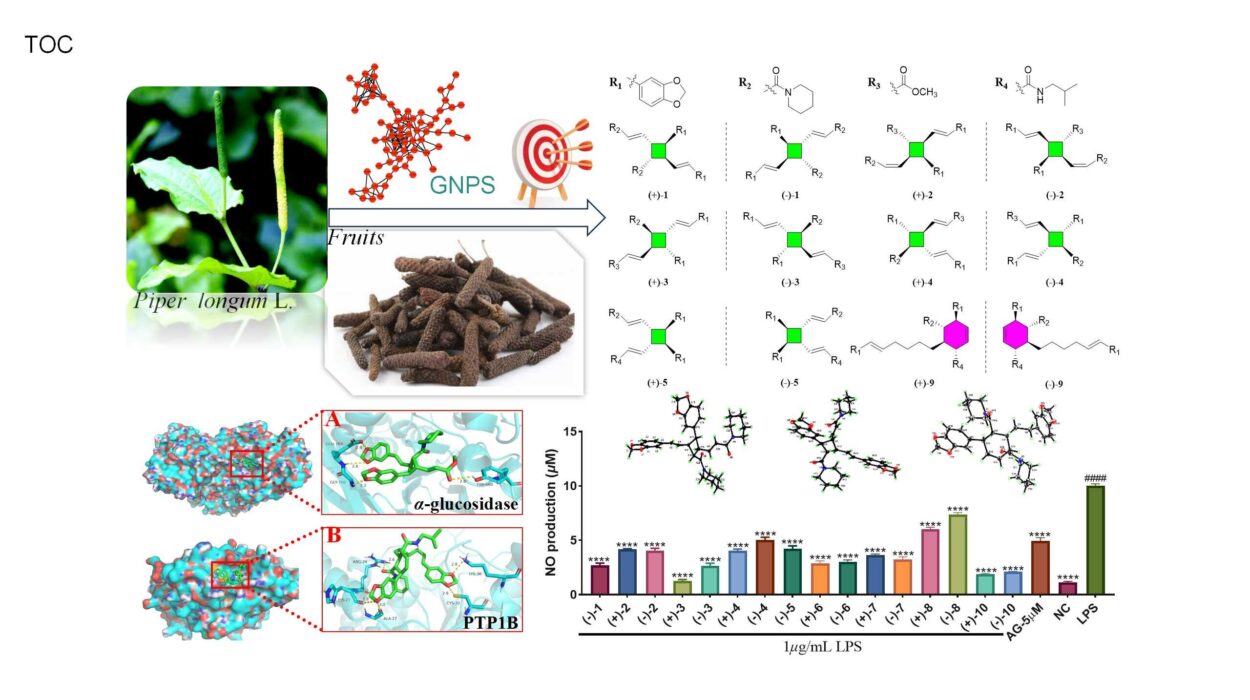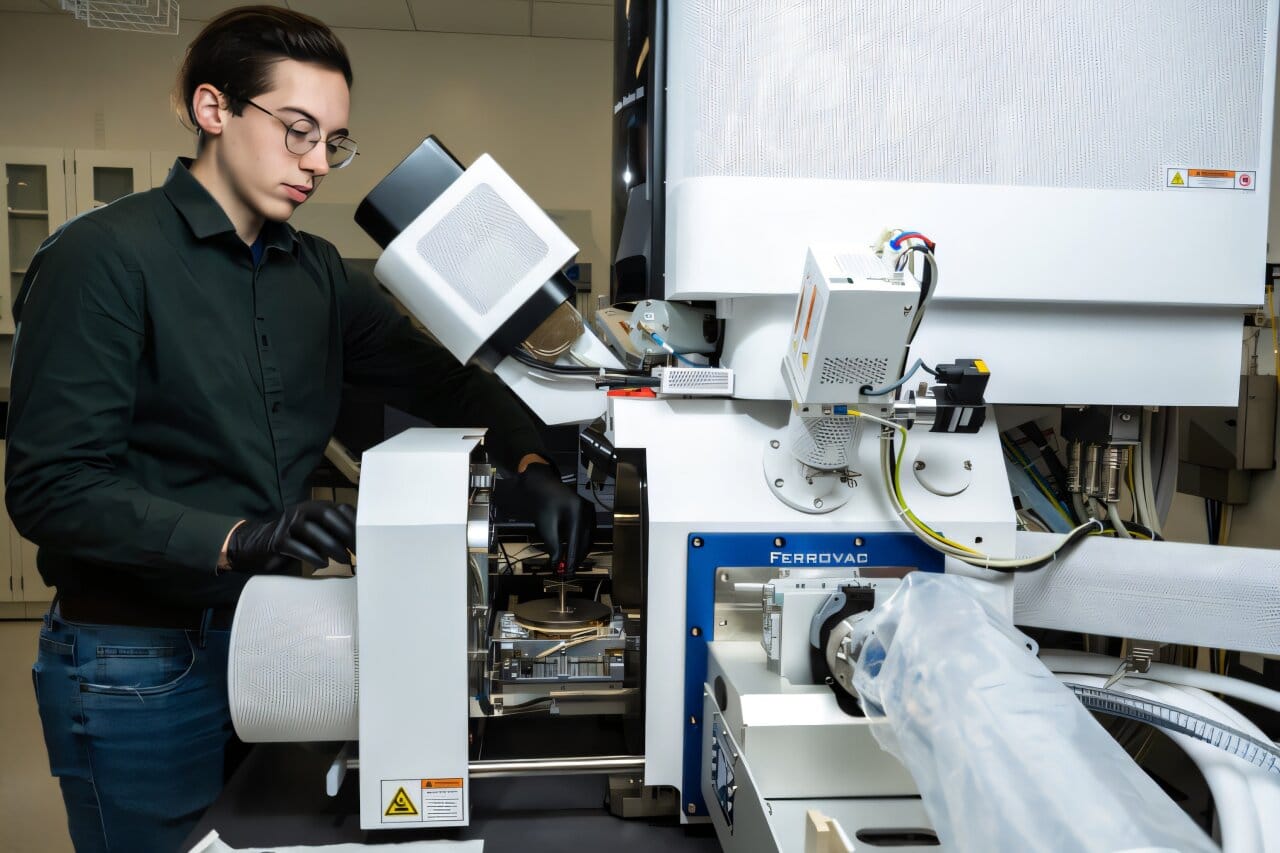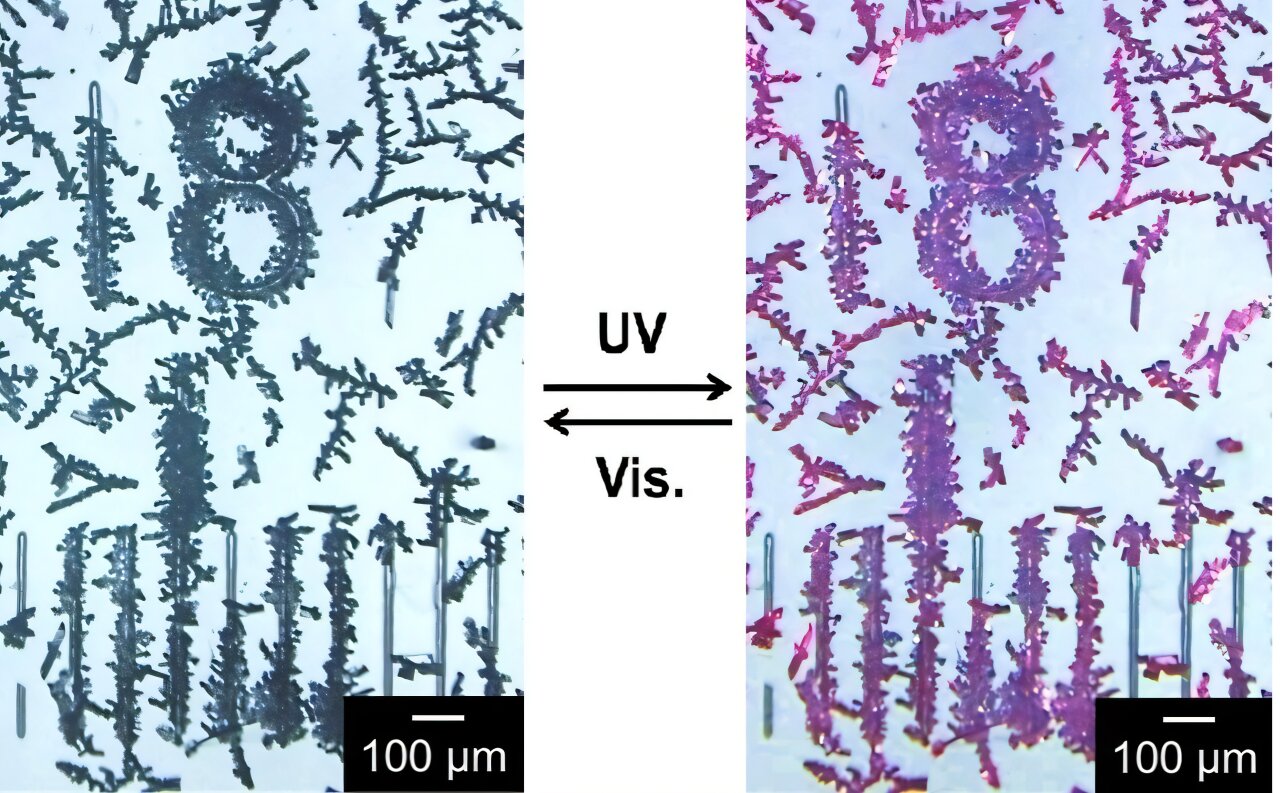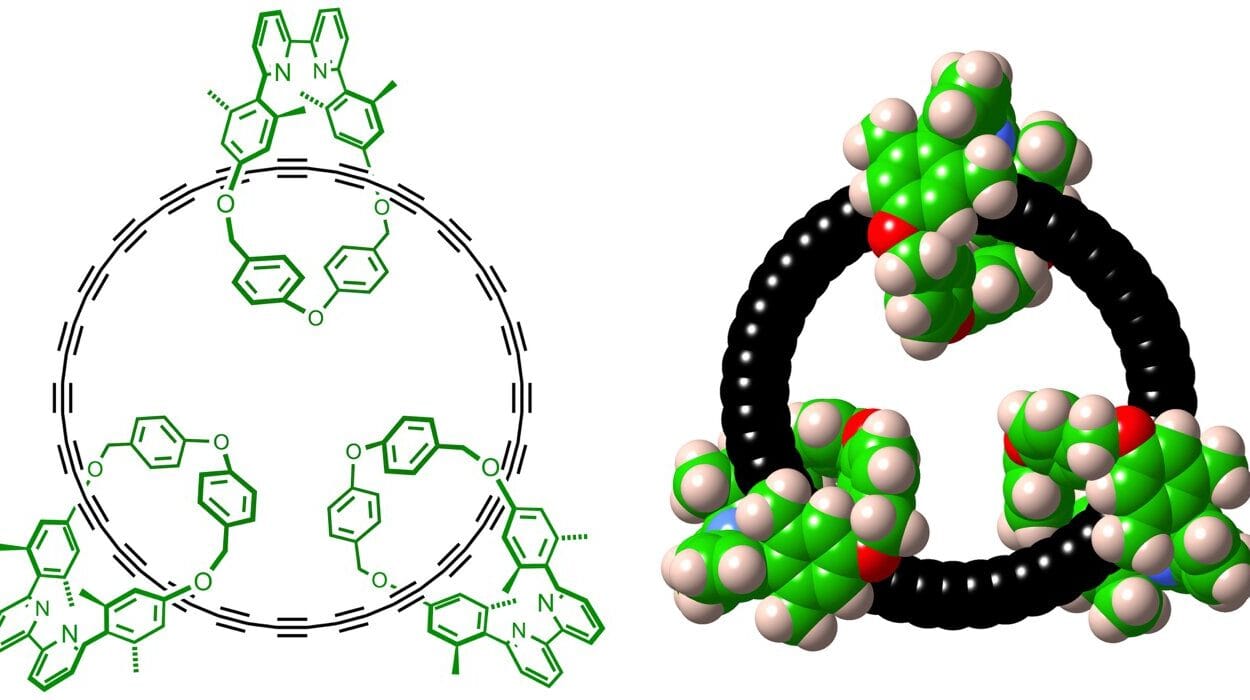Imagine an unplugged electric guitar. It might produce sound, but without an amplifier, the music is faint and lacks the richness needed for an audience to hear its full potential. In a similar way, toxins, molecules, or biological markers at trace levels in our environment or body often emit signals that are so weak they go unnoticed without specialized lab equipment.
Now, thanks to a breakthrough in biochemistry, scientists have created a technology capable of “turning up the volume” on these faint signals, enabling them to be detected and measured outside the lab. By adapting an existing sensing platform, a team from Northwestern University has added a genetic “volume knob,” amplifying weak signals to levels suitable for practical applications. This advancement allows for precise detection of low-concentration molecules in water and the human body, potentially revolutionizing environmental monitoring and disease diagnostics.
The research team, led by synthetic biologist Julius Lucks, professor of chemical and biological engineering at Northwestern, published their findings in Nature Chemical Biology, demonstrating a system 10 times more sensitive than its predecessor.
Amplifying the Subtle Signals of Nature
“Biosensors repurposed from nature can, in principle, detect a whole spectrum of contaminants and human health markers, though they’re often not sensitive enough as is,” said Lucks.
To overcome this sensitivity barrier, the team developed a genetic circuitry that mimics an amplifier. Much like how electronic systems refine radio signals, these circuits amplify molecular signals to levels that allow for accurate detection and measurement.
Lucks’ work builds on ROSALIND, a sensing platform developed by his lab and named after Rosalind Franklin, the chemist whose work was crucial in understanding DNA’s structure. Short for “RNA Output Sensors Activated by Ligand Induction,” ROSALIND has been applied to environmental settings like drinking water testing.
ROSALIND: A “Pregnancy Test for Water”
Early iterations of ROSALIND already showcased powerful capabilities. For example, the system could sense 17 different water contaminants in a single drop, glowing green when a contaminant exceeded U.S. Environmental Protection Agency standards. Further advancements allowed the system not only to detect but also to quantify contaminant concentrations, earning comparisons to a “pregnancy test for water.”
ROSALIND was built using a technique called cell-free synthetic biology, which removes molecular machinery—such as DNA, RNA, and proteins—from cells and reprograms them to perform specific tasks.
These earlier versions of ROSALIND demonstrated significant promise, but sensitivity remained a challenge for detecting extremely low concentrations of molecules. To enhance its capabilities, the researchers looked for inspiration within the limitations of natural systems.
A Bug Turned Into a Feature
While working on the sensing platform, the team encountered a common challenge in synthetic biology: the T7 RNA polymerase enzyme. This enzyme acts like a motor, generating output signals, but it has a downside—it inadvertently “eats up” snippets of RNA and can destabilize the system.
Rather than viewing this behavior as a bug, Lucks and his team turned it into an advantage. The enzyme’s natural recycling action was repurposed into a signal amplification tool. Using insights from DNA nanotechnology, the researchers designed a circuit capable of recycling and replaying molecular inputs, generating a stronger output signal with each cycle.
“When a signal is generated, the enzyme recycles it to create another signal,” said first author Jenni Li, a Ph.D. candidate in the Lucks lab. “This amplification enables ROSALIND to detect molecules at much lower concentrations than before.”
This new mechanism makes ROSALIND 3.0 more sensitive than previous iterations. It can now detect nucleic acids like DNA and RNA in addition to small molecules, broadening its range of applications.
Real-World Applications
Early models of ROSALIND are already at work in real-world settings. For example, in Chicago, the system is being used to detect lead contamination in drinking water as part of an ongoing field study.
With the enhanced sensitivity of ROSALIND 3.0, the platform’s utility is poised to expand even further. Beyond environmental monitoring, Lucks envisions applications in healthcare, agriculture, and food safety.
“We are also developing ROSALIND to detect human health markers, food quality indicators, and agricultural compounds,” said Lucks. “The new sensitization approach allows us to quickly develop sensors for actionable levels of detection in various fields.”
Engineering the Future of Biosensing
Lucks draws an analogy to the evolution of transistor radios. “If you built a basic transistor radio in a beginner’s electronics class, it would work, but you’d lose signal when you walked behind a tree or moved closer to the source,” he explained. “Later iterations of radios added circuitry to correct these issues and improve sound quality. With ROSALIND 3.0, we’ve essentially added a ‘volume knob’ to amplify signals for detection.”
By leveraging advances in DNA nanotechnology and synthetic biology, the Northwestern team has made it possible to detect molecules like antibiotics, heavy metals, and even disease biomarkers at concentrations that were previously beyond reach.
The Broader Implications
The amplified sensitivity of ROSALIND marks a significant step toward democratizing access to advanced diagnostic and monitoring tools. It promises a future where testing for contaminants in water or markers of disease in the human body could be as simple and accessible as a pregnancy test.
As scientists continue refining this platform, its potential to address global challenges—from clean water scarcity to early disease detection—becomes increasingly clear. With breakthroughs like ROSALIND 3.0, the silent signals of nature are becoming louder, giving us tools to hear what once was undetectable.
